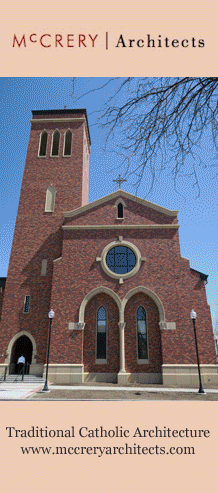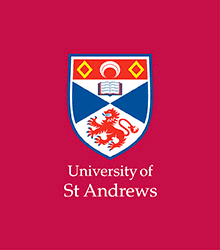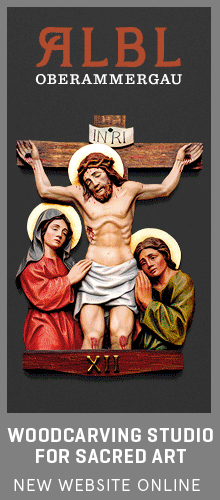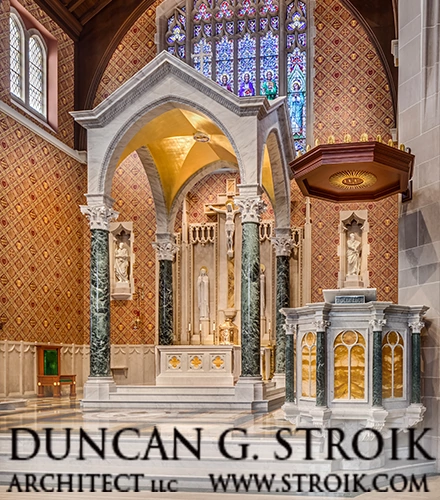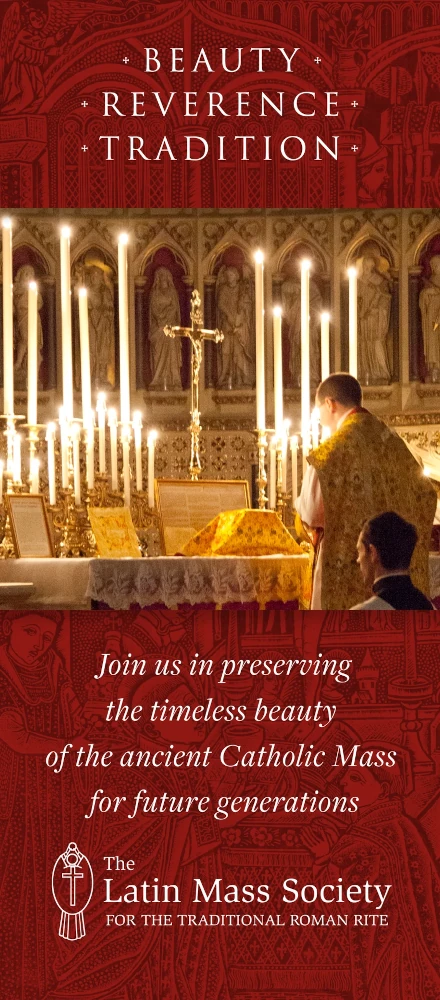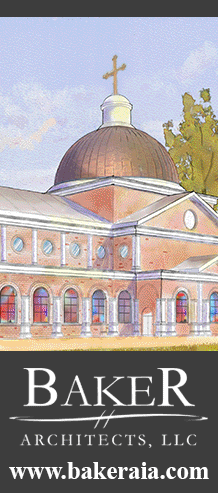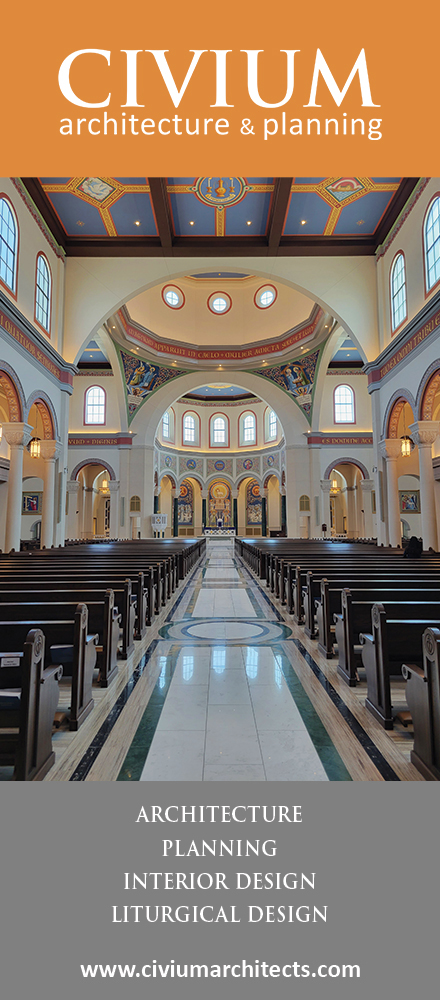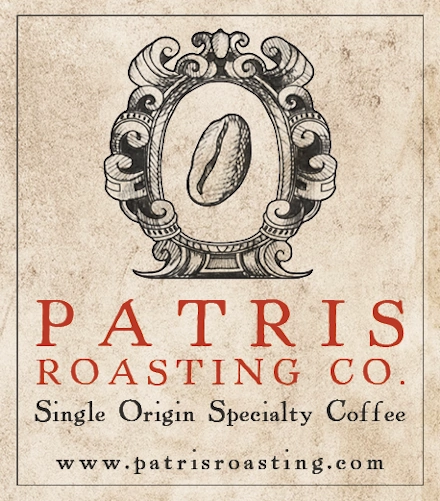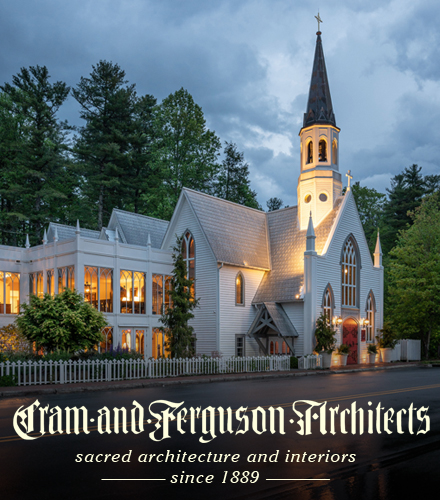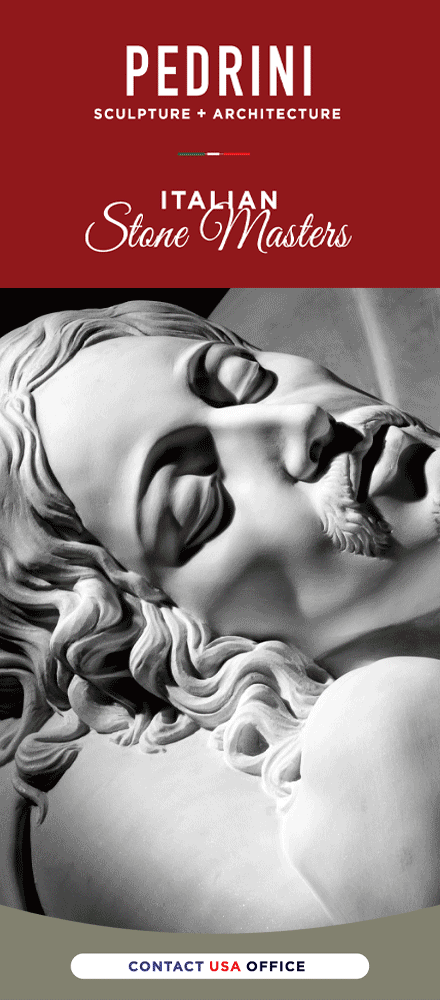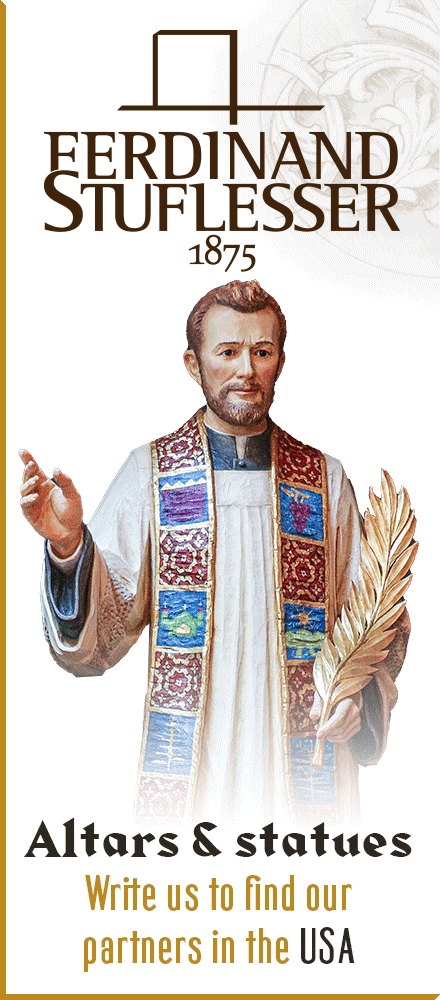These past couple of days there has been an interesting discussion amongst a few of us about the term "extraordinary form" in relation to the 1962 Missale Romanum. It seemed to me that it was pertinent to bring the discussion out to the wider group for further discussion.
It seems to be an idea and topic "out there" at present and I think it is an important discussion to have -- though, quite likely, many of these matters will be formally and officially clarified by Ecclesia Dei.
There are two basic thrusts to this idea:
1. The Pope has called the 1962 Missale Romanum the "Extraordinary Form" [of the Roman Rite] and therefore, that is what we should call it as well -- or, as a subset of that, that one should not at least avoid the term.
2. That our understanding of what is meant by the "extraordinary" in Extraordinary Form could be found by using "Extraordinary Minister of Holy Communion" [or as some call them, Eucharistic Ministers] as an interpretive key; namely, that just as the Church is not promoting the frequent use of "EMHC's" the same too can be said of the "extraordinary form of the Roman rite".
Caveat: some would note the analogy is imperfect and may not make the exact point as it is stated, however I want to draw the analogy out to its more extreme forms for the sake of the discussion for I have run into folks who have made this very suggestion.
Point 1: Did the Pope intend to set a Formal Name for this Liturgy?
The first thing that must be noted is that the Pope has used the term "extraordinary form" in Summorum Pontificum and as such, there is certainly nothing inappropriate about the term. For those who wish to use it, by all means do so -- in the sense that Pope intended (this will be addressed later).
However, that the Pope was not intending to formally establish a name that all must use can be seen in the fact that he, himself, does not solely employ this term. The Pope also speaks of the "ancient Latin liturgical tradition" (in the Explanatory letter), he speaks of the "usus antiquior" and he speaks of the "Missal of Blessed John XXIII".
Even here, there is nothing to suggest that even this selection of terms is that which we are limited to.
Now, I think most can agree that terms like "Latin Mass" are quite imprecise and best avoided. So indeed, not all terms are necessarily equal and we should indeed consider that our terminology should adequately reflect matters, particularly when we use them in a public forum.
Point 2: The Senses of Extraordinary
The more substantive and serious point for discussion here, however, is point number two, which might seek to define "extraordinary" in regard to EMCH's as a kind of interpretive key to the "extraordinary" in "extraordinary form of the Roman rite".
I would propose that this is a problematic interpretation and I will explain why in a moment. I would further propose that a better interpretive key to "extraordinary form of the Roman rite" is the very motu proprio itself where the Pope lays out the place and our attitude toward that liturgical form.
It first must be stated explicitly that the modern Roman liturgical books are what most people are accustomed to worshiping in, and it will be, by virtue of that, the liturgical form which will be most often found in our parishes -- excepting personal parishes of course. We can say that those books are therefore normative in that sense -- but it would be going too far were one to suggest that those liturgical books are therefore understood by the Church as not as desireable, or intended to be limited and restricted rather than promoted or multiplied to the extent there is interest.
What must be avoided, therefore, is making the assumption that one being "ordinary" or even "normative" has a negative or pejorative implication as regards that which is "extraordinary".
Looking back at the comparison some would make to EMCH's, EMHC's are extraordinary in the restrictive sense. They provide a supplementary service given certain specifically defined conditions being in place that are not considered ideal -- a lack of clergy in combination with a large enough number of people that makes for a significant practical concern. The permission is truly a permission in the restrictive sense; an exemption. It is not a right of the lay faithful and it is not to be viewed as such. But this is a much different sense than what we see with the extraordinary form of the Roman rite.
Perhaps what will help illuminate this is another example of a way in which we speak of "ordinary" and "extraordinary" in an ecclesial context: in the exercise of the Magisterium. The Church speaks of the ordinary exercise of the magisterium -- which can be fallible teachings of bishops or the Pope, or infallible in the case where the bishops, in communion and in unison with the Pope, make a definitive statement. We also speak of the extraordinary exercise of the magisterium -- which relates to infallible definitions of an Ecumenical Council or the Pope ex cathedra.
Now, likewise, it is true that the ordinary exercise of the Magisterium will occur more often than the extraordinary for some very practical reasons, but what is clear by this example is that extraordinary is certainly not meant pejoratively or in a way intended to minimize it, restrict it or say anything negative about it. This use of ordinary and extraordinary would be a closer approximation to what is intended by such terminology as regards the forms of the Roman liturgy. It simply recognizes a practical and pastoral reality without intending to imply anything about normalcy (in the moral sense) or desireability. It does not intend to marginalize, nor to make any sort of statement about something being more or less in accord with the mind of the Church.
This is where Summorum Pontificum further acts as an interpretive key to confirm this reading. The Motu Proprio is itself quite liberating as regards the extraordinary Roman liturgical form, noting the possibility of using it privately, publicly, on Sundays, weekdays and even for special, one-off liturgical events -- which incidentally, is also incredibly pertinent as a consideration; after all, if what was more normative was to be understood as also implying "what should [normally] be used" then it would not seem terribly consistent that liturgical events that were singular events should be allowed in another form other than the "ordinary" in such a carte blanche way. That fact that such is explicitly noted as perfectly fine further demonstrates that there is no prejudice or liturgical "ought" intended as subtext -- that one "ought" to use this form , but you can use this other form in limited circumstances or exceptions.
Further to this point, not only does the document and explanatory letter set out a freedom for priests and the faithful to worship in the ancient Latin liturgical tradition, it also defines what our attitude and approach to that ancient tradition should be; namely, it should be sacred and honoured, and it should not be considered as though it were somehow harmful or undesirable.
Such an approach is clearly different from the way the Church qualifies EMCH's as extraordinary. We must remember that the motu proprio has clarified that this is not a special permission, nor an exemption, nor is it simply intended to bring about some other end such as the reconciliation of an irregular situation; it is not even a change in the law. Rather, by virtue of the law itself, this Missal is free for use by priests and for the worship of the faithful who so wish to worship in it and it has its own inherent value and purpose. It is simply a part of the lived patrimony of the Church.
Conclusions
On all sides, people must steadfastly avoid interpretations meant to try to re-interpret the Motu Proprio.
At the end of the day, our focus should simply be: what has the Church said and enacted and, regardless of how it might affect one (or not affect one) practically, how can we live, speak and act in a way that is consonant with both the letter and the spirit of Summorum Pontificum.
In that regard we come to a few summary conclusions about that letter and spirit:
1. The motu proprio does not definitively define a single, uniform name for these liturgies.
2. The motu proprio does not replace the modern Roman liturgy or deny that it remains the liturgy that is predominantly out there in the Roman rite; nor is it supplanting it.
3. The motu proprio does not degrade or restrict the ancient Roman liturgical tradition but rather clarifies that its place is in the very heart and centre of the Church; it venerates it, honours it and proclaims its value and relevance and declares that we are to approach it that way -- while also not freezing it, but re-opening it to organic development.
4. The motu proprio also affirms the importance of the reform of the reform and does not devalue the liturgical research that is going on in that field by those who are asking questions about the liturgical reform as it was implemented; it does not shut down that enquiry, nor does it baptize problems in the ars celebrandi that have been identified as problematic by the CDW, all of course in the context of point number 2 above.
5. The motu proprio leaves open the question of where all this might head, only giving us a sense that, whatever it may be, it will neither be static, nor will it be characterized by rupture.
Conclusions
On all sides, people must steadfastly avoid interpretations meant to try to re-interpret the Motu Proprio.
At the end of the day, our focus should simply be: what has the Church said and enacted and, regardless of how it might affect one (or not affect one) practically, how can we live, speak and act in a way that is consonant with both the letter and the spirit of Summorum Pontificum.
In that regard we come to a few summary conclusions about that letter and spirit:
1. The motu proprio does not definitively define a single, uniform name for these liturgies.
2. The motu proprio does not replace the modern Roman liturgy or deny that it remains the liturgy that is predominantly out there in the Roman rite; nor is it supplanting it.
3. The motu proprio does not degrade or restrict the ancient Roman liturgical tradition but rather clarifies that its place is in the very heart and centre of the Church; it venerates it, honours it and proclaims its value and relevance and declares that we are to approach it that way -- while also not freezing it, but re-opening it to organic development.
4. The motu proprio also affirms the importance of the reform of the reform and does not devalue the liturgical research that is going on in that field by those who are asking questions about the liturgical reform as it was implemented; it does not shut down that enquiry, nor does it baptize problems in the ars celebrandi that have been identified as problematic by the CDW, all of course in the context of point number 2 above.
5. The motu proprio leaves open the question of where all this might head, only giving us a sense that, whatever it may be, it will neither be static, nor will it be characterized by rupture.


